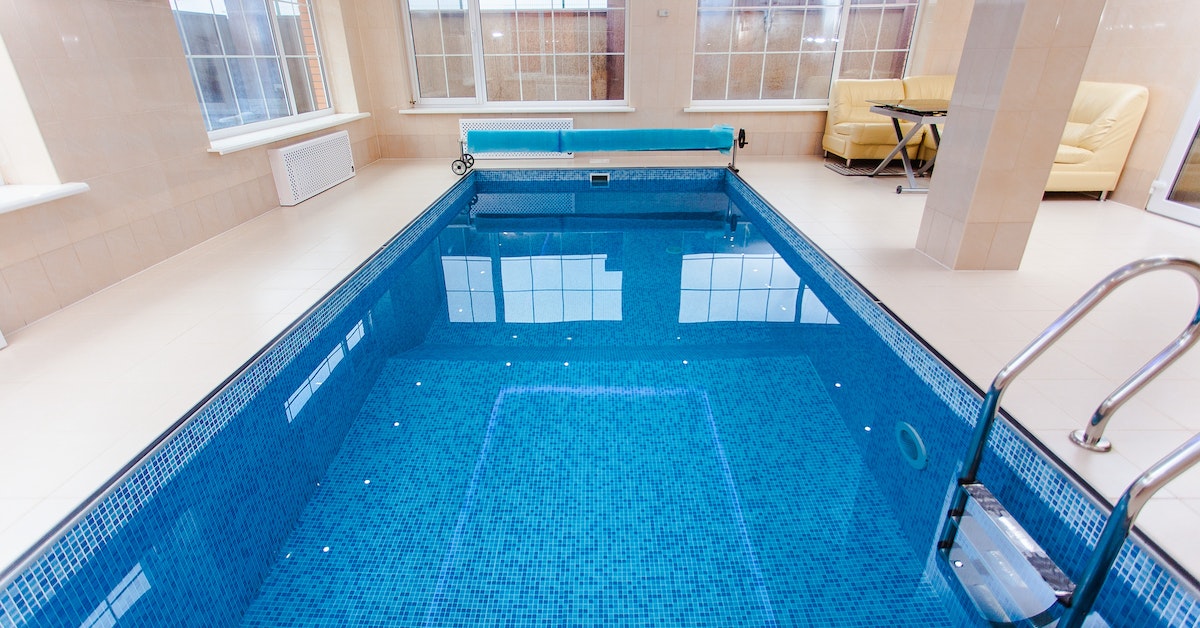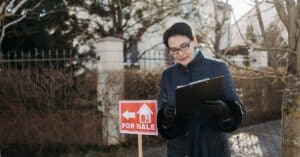Did you purchase a “portable” pool/spa to help you through the summer? If so, Queensland’s pool safety laws under the Building Act 1975 (Act) may apply.
If the structure can be filled with water to a depth of 300mm or more, has a volume of no more than 2000 litres and has no filtration system, then it may be captured by the Act. Many “portable” pools/spas sold will meet this description.
If the pool is located on “regulated land” as defined under the Act, it is a “regulated pool”, and the owner has many responsibilities, including:
- Registering it with the Queensland Building and Construction Commission, who can issue on-the-spot fines for failure to register;
- Complying with the pool safety standard and keeping barriers in good condition. The standard covers many aspects, including height and strength of barriers, mandatory non-climbable zones, gates and latches (exemption from part(s) of the standard is possible in cases of impracticality and disability if approved by the local council).
Failure to comply creates unnecessary safety risks, and leaves owners open to receiving fines or court-imposed penalties (which can be significant). Our local conveyancers have prepared this article for your benefit.
What Is a Pool Barrier or Fence?
A pool barrier or fence is a safety measure designed to restrict access to swimming pool areas, particularly for small children. These barriers provide a layer of protection to reduce the risk of drowning incidents by ensuring children cannot access the pool without the supervision of an adult.
QLD Pool Fence Regulations Checklist
In Queensland, Australia, the requirements for pool barriers are set out in the Queensland Development Code Mandatory Part 3.4 and Australian Standard 1926. The following are the general requirements, but it’s always best to check the most recent legislation and get professional advice when installing a pool fence or barrier:
The following checklist provides an overview of the critical requirements for swimming pool fence regulations in QLD:
- The barrier must be at least 1200mm high from the finished ground level.
- The gap between the bottom of the barrier and the ground should not exceed 100mm.
- Gaps between vertical parts of the fence should not exceed 100mm.
- Gates must swing outwards away from the pool, be self-closing, and self-latching.
- The latch must be located at least 1500mm above the ground level.
- A 900mm non-climbable zone should be established on the outside and inside of the fence.
- There should be no direct access through a door from a building into a pool area.
- Windows opening into the pool area should be at most 100mm or must have a security screen fitted.
- The pool barrier must be made from durable materials.
- A sign displaying CPR techniques must be displayed near the pool area.
Need a Lawyer?
Minimum Height: The outside of the pool barrier must be at least 1200mm high all the way around, measured from finished ground level.
Non-Climbable Zone (NCZ): A 900mm non-climbable zone should be outside the pool barrier over its entire length. The NCZ must be measured in an arc shape from the top of the outside of the pool barrier. This means there should be no objects within this zone, such as trees, BBQs, furniture, etc., that a child could use to climb over the fence.
Gaps in Barriers: The gap under the fence cannot exceed 100mm from the finished ground level. The vertical gaps in the fence should not exceed 100mm to prevent a child from squeezing through.
Gates: Gates must swing outwards (away from the pool area), be self-closing, and be fitted with a self-latching device. The latch should be located at least 1500mm above ground level.
Windows and Doors: Direct access from a building into a pool area is not generally allowed. Any windows opening into the pool area should not open more than 100mm or must have a security screen fitted.
Clear Area Around the Pool Fence: A clear area of 300mm from the barrier should be maintained inside and outside the pool fence.
CPR Signage: A sign displaying CPR (Cardiopulmonary Resuscitation) techniques must be displayed near the pool area.
Compliant Materials: Pool fences and gates must be constructed of durable materials, whether metal, timber, glass, or other materials, that can withstand exposure to the weather and the rigours of a pool environment.
Pool Fence Height Extensions
To increase your pool’spool’s safety, consider pool fence height extensions. However, it’s essential to understand that extensions must comply with the QLD pool fence regulations. Extensions should not create a climbable zone or be easily accessible for children.
Glass Pool Fence Regulations QLD
Glass pool fences provide a modern aesthetic without compromising safety. In QLD, glass pool fence regulations stipulate that the glass must be safety glass of a certain thickness. The panels must be securely fixed to withstand forces, and the glass should not have sharp edges that could cause injury.
Boundary Fence Pool Regulations QLD
Boundary fence pool regulations in QLD allow the boundary fence to be used as part of the pool barrier. However, certain conditions must be met. The boundary fence must meet the minimum height requirement of 1800mm on the poolside. Also, there must be a 900mm non-climbable zone from the top on the poolside of the fence.
Swimming Pool Fence Regulations QLD
Ensuring compliance with swimming pool fence regulations in QLD is crucial. The regulations ensure that pool areas are safe, especially for young children. They include specifications for barrier height, non-climbable zones, gates, and more.
These rules apply to all swimming pools (and some spas) capable of holding more than 300mm of water. Remember that specific rules can vary depending on the nature of the property (e.g., houses, hotels, or apartments). Hiring a licensed pool safety inspector when installing a new pool or buying a property with a pool is recommended.
What Are the Responsibilities of Owners and Tenants for Pool Fences and Barriers?
The responsibilities for maintaining pool fences and barriers are outlined under the Building Act 1975 and apply to property owners and tenants.
For Property Owners:
Installation and Maintenance: The property owner is responsible for installing the pool barrier and following safety standards. They must also ensure the fence or barrier is in good working condition, without any damage that might compromise its effectiveness.
Pool Safety Certificate: If selling or leasing their property, owners must provide a Pool Safety Certificate. This certificate verifies that the pool barrier complies with safety standards and is obtained from a licensed pool safety inspector.
Display of CPR Sign: Owners should ensure a sign displaying CPR techniques is clearly visible and near the pool area.
For Tenants:
Reporting Issues: Tenants are responsible for notifying the property owner or property manager if they identify a fault with the pool barrier.
Maintaining Pool Gate: Tenants should ensure the pool gate is not propped open and can self-close and self-latch.
No Alterations: Tenants should only make alterations to the pool fence or barrier with permission from the property owner.
Prevent Climbing Hazards: Tenants should ensure climbable objects (like furniture, toys, or tree branches) are kept away from the fence, as a child could use these to climb over the barrier.
Starting a Business with Walker Pender Group’sGroup’s Advice
A client approached Walker Pender Group with a vision of launching an Airbnb in QLD with a pool as a key feature. She wanted to ensure complete compliance with QLD’s pool fence regulations. Our team stepped in to provide a comprehensive breakdown of the rules surrounding pool fence construction. We highlighted requirements like barrier height, self-closing gates, non-climbable zones, and the necessity of CPR signage. We also touched on special considerations for boundary and glass pool fences. By outlining these specific regulations, we ensured our client felt prepared to provide a safe, enjoyable, and legally-compliant pool environment for her future guests.
Need Help Navigating Pool Fence Regulations in QLD?
Ensure the safety of your loved ones and maintain compliance with QLD’s pool fence regulations. Don’t navigate these rules alone; let Walker Pender Group’s legal experts guide you. Reach out today for a consultation and ensure your peace of mind tomorrow.



